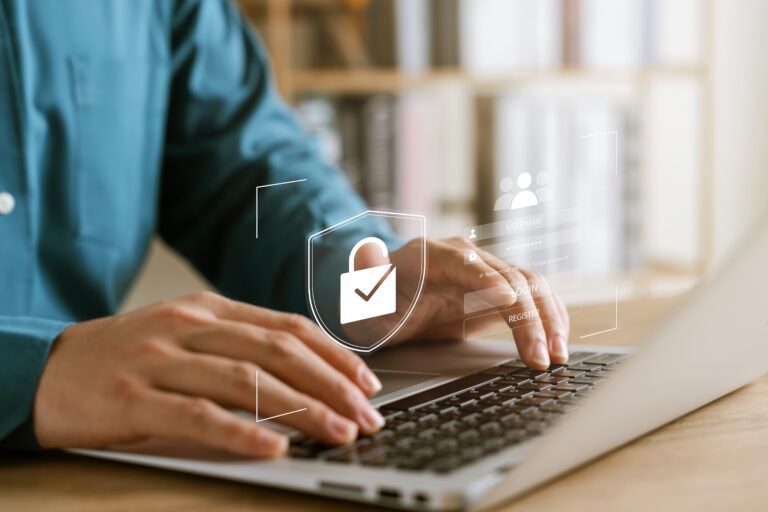Contact
Your law firm Geißler Legal.
address
Gertrudenstr. 30-36 (Willy-Millowitsch-Platz)
D-50667 Cologne
Phone:
0221-42482831
Phone:
0171-2211612
D-50667 Cologne
Phone:
0221-42482831
Phone:
0171-2211612
E-mail:
anwalt@geissler-legal.de
anwalt@geissler-legal.de
Opening hours
Mon-Sat: 10:00 am – 1:00 pm
Mon-Fri: 2:00 pm – 8:00 pm
and by telephone appointment



